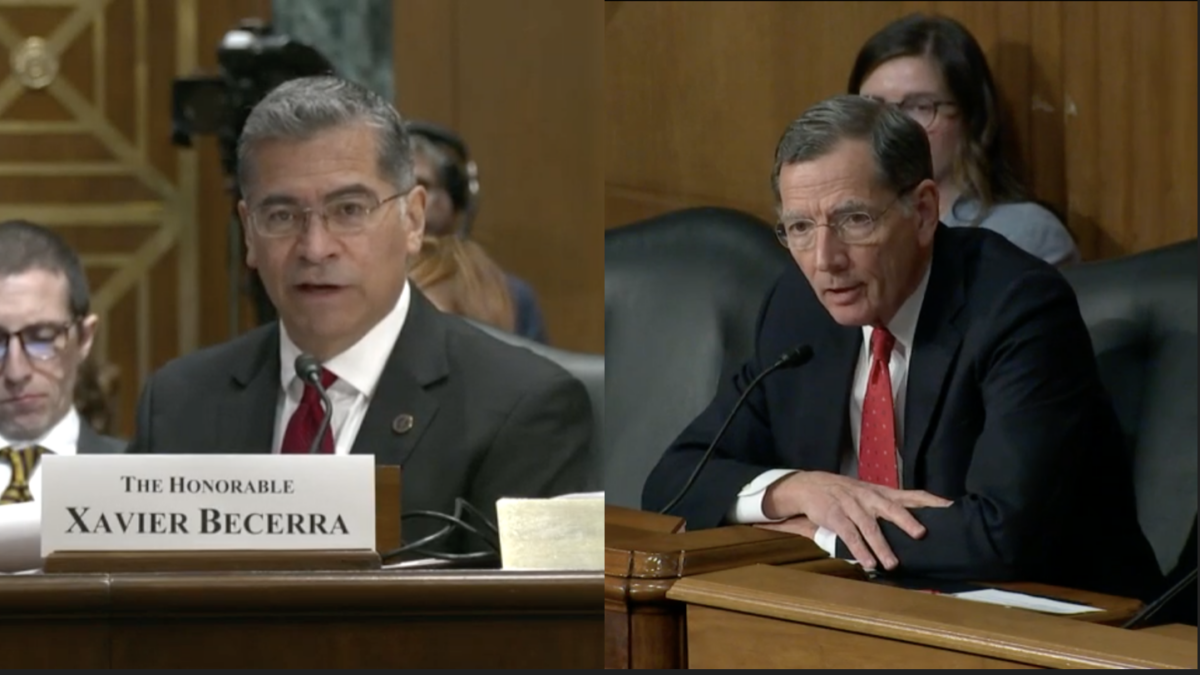
I live in Nashville, Tennessee, a city that prides itself on welcoming a growing immigrant population. For civic leaders, it has become a badge of honor. School officials boast of the number of native languages represented in local schools, seemingly pleased to be part of a new era that leaves behind the boring monolingual days of the past.
Like immigration advocates across the country, many in town echo the refrain that we’ll become a greater nation as we become even more diverse, with only the fearful posing a threat to progress.
I don’t consider myself a person paralyzed by fear. As someone who has taught English language learners in public schools for more than 10 years, I enjoy working with those from other countries. It can be exciting and rewarding. I’ve learned a lot from my students. Even when the challenges become exhausting, at least I can say there is rarely a dull day.
But over the past few years, I’ve found myself asking this: how much immigration diversity is too much? Is it even possible to ask this question anymore without the risk of getting called a xenophobe?
From a Bird’s Eye View, It Looks Great
In a recent article for The Atlantic, David Frum writes that in elite circles, the large-scale influx of low-skill immigrants in recent decades is considered an unassailable good. “Even as immigration becomes ever-more controversial with the larger American public, within the policy elite it preserves an unquestioned status as something utterly beyond discussion,” he laments.
I teach for Metro Nashville Public Schools at a high school with hundreds of English learners. As in other cities across the nation, the immigrant population in Nashville has boomed in recent years. We have a mix of refugees and legal and illegal immigrants. Around 30 percent of the total student population has a first language other than English, with as many as 120 languages represented. More than 14 percent need English language (ELL) services, a number that reflects national trends for urban areas. Nationally, the percentage of ELL students grew in all but 11 states between 2002-03 and 2012-13.
The national media often portray growing immigration rates in positive terms, presenting immigration as exactly what’s needed to give the United States an economic and demographic boost. A series that ran in USA Today in 2014 is one such example. Rosy predictions in such stories are rarely seriously challenged on any front, including in relation to education. Scant attention is paid to the enormity of the day-to-day challenges in schools with high immigrant populations.
One problem is that school officials make things look better on paper than they do in reality. Immigrant students pass classes and graduate at surprising rates given their continual low skills, and districts like Nashville still find a way to tout overall progress. A local Nashville TV station has been investigating the manipulation of grades and testing data across the district, and one story in their series focused on English learners.
It Is Really Hard to Learn a New Language
School districts nationwide are pouring millions of dollars into helping students learn English. But there is no magic bullet to make this happen faster, no matter how hard educators search for just the right intervention. Learning another language is slow and tedious, even for students who are bright and motivated, even for students with bright and capable teachers and good instructional materials. Researchers say it takes students five to seven years, sometimes more, to attain the English proficiency necessary to do the academic work of grade-level peers.
As those students are catching up, more newcomers are coming in the door, making the achievement gap between mainstream students and English learners a permanent fixture. But that doesn’t stop high-ranking education and government leaders from wanting it all—a welcome mat rolled out for immigrants who require numerous supports, and high graduation rates and test scores. Principals and teachers get smashed between a rock and a hard place. Don’t lower your standards, but make sure that 15-year-old who just arrived from Honduras speaking no English graduates.
My school is in an immigrant neighborhood, so our percentage of ELL students is above the district average. Around a quarter of students at my school are English learners, and numerous others who had ELL services at some time in the past still struggle. At nearby middle and elementary schools, 30 to 65 percent of students are English learners. My school has many immigrants from Latin America as well as refugees from Burma, Nepal, Iraq, and parts of Africa. Some students arrive with limited schooling in their native language. For those arriving in their middle or high school years, the challenges are particularly steep.
The Education Gap Is Huge
Last year, I had a newcomer from Somalia who on the first day of class wrote her name across the word bank near the top of a worksheet instead of on the line at the top right-hand corner. Another student, a boy from Central America, had left school to work in the fields after second grade and now found staying alert during the school day a nearly intolerable experience.
In addition to a language barrier, students like these face other enormous obstacles. At first, they have special schedules that shield them from traditional core classes. But a year or two after arriving, in addition to special language classes, they’re expected to engage with the standard curriculum in science, history, and other subjects. Teachers are to make this happen using “differentiation strategies” that are somehow supposed to compensate for a language barrier, cultural differences, and years of inconsistent prior schooling.
Even after students are well on their way toward English fluency, the gaps remain significant, slowing down comprehension of basic material that struggling native speakers can grasp much more readily. I recently was teaching the idiom “It’s nuts” to a group of seniors, but they drew a blank on the concrete definition of nuts, so I had to show a visual of peanuts, almonds, and cashews to remind them.
School officials want students at this level to be analyzing complex ideas and producing sophisticated written work. But my students are still developing their vocabulary and need continual refreshers. Many still struggle to write a coherent paragraph. Even if they have good ideas in their heads, it’s hard to get them on paper. So while education officials dream of the ways my students will show multiple layers of understanding, I worry about what will happen if someone asks them if they’re allergic to nuts.
Success Stories Are Exceptions
Before teaching in Nashville, I taught for a neighboring suburban district with far fewer immigrants. Even so, the numbers were growing there, too, as they are in suburbs, towns, and rural areas across the country. In this suburban district, there were fewer refugees and more students with a stronger education background in their own language. But some of the frustrations were the same.
I taught history classes for ELL students in addition to language classes. I adapted content to the language level of my students, but they still had to take district benchmark assessments, with the expectation that my differentiation strategies would seamlessly pave the way for their success. Not surprisingly (to me anyway), my students were unable to answer detailed questions about the Protestant Reformation, given that some of them needed basic instruction about Christianity. Likewise, they had a hard time answering questions about the world wars, because I had to spend time class time teaching words like soldier, tank, and submarine.
Despite the challenges, there are immigrant students making remarkable progress. President Obama and immigration advocates love to publically hold these children up as examples, with the implication that the system is working just fine. But the reality is that many are average in their efforts, and like other kids, are easily distracted by cell phones, video games, and the opposite sex.
Then there are those who don’t seem to care, are rude to their teachers, and get suspended for fighting and drugs. I have had the joy of having highly motivated, high-achieving students in my classroom over the years, and their hard work and maturity really are an inspiration. Unfortunately, they are exceptions.
We’re Not Racists for Considering These Factors
One shouldn’t have to fear being tarnished as anti-immigrant for concerns about the strain on public schools. American families shouldn’t be made to feel like they’re ignorant if they wonder about the quality of a neighborhood school that has gone global, serving numerous students with language barriers and low skills. And educators, social workers, and others shouldn’t have to fear being presumed heartless for thinking, like me, that our immigration system has spiraled out of control.
In his article in The Atlantic, Frum makes the point that while immigrants benefit from coming to the United States, we don’t stop to consider enough whether America is benefitting. He writes, “Nobody is making conscious decisions about who is wanted and who is not, about how much immigration to accept and what kind to prioritize – not even for the portion of U.S. migration conducted according to law, much less for the larger portion that is not.”
Regrettably, such advice is likely to be ignored by the elites Frum addresses, those who habitually fail to draw lines and don’t even see the value in doing so. Frum suggests those elites could find themselves out of a job as pressure builds for new immigration policies. But that remains to be seen.








